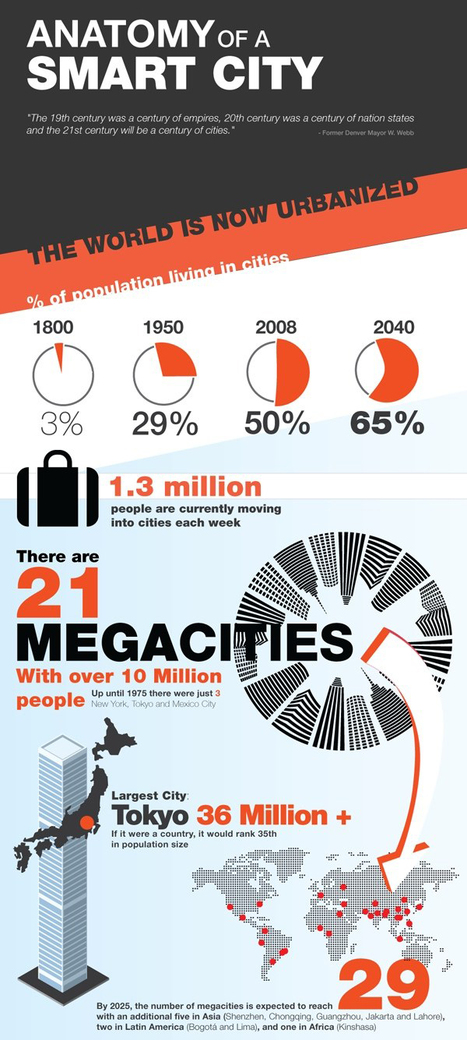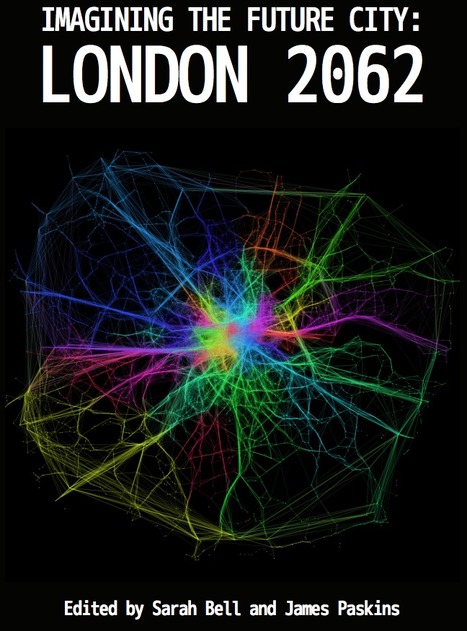The 19th century was a century of empires, 20th century was a century of nation states and the 21st century will be a century of cities...
This outstanding infographic (courtesy of postscapes.com) begins with some information about our current state of urbanization.
Did you know that 1.3 million people are moving to cities each week?! It then explains the need for smart cities and delves into what is required to establish these intelligent connected environments, how the smart city may take various forms in the developing worlds and what specific technologies are necessary to achieve such grand goals in practice.
Via Lauren Moss



 Your new post is loading...
Your new post is loading...













We have been grateful to the wide array of planners, architects, techies, entrepreneurs and students of the built environment who have joined us on this journey. And the ‘Smart City‘ has featured again and again, whether it be a futurologist’s insights into the bionic, nature-centric adaptable cities of the future, or an economist’s keen ideas on instilling happiness in the built environment.
There is an evolution taking place where politics, policy, technology, the environment, and the economy all intersect. This movement towards technical, empirically driven local policy making could be our saving grace.This could be the future of government.